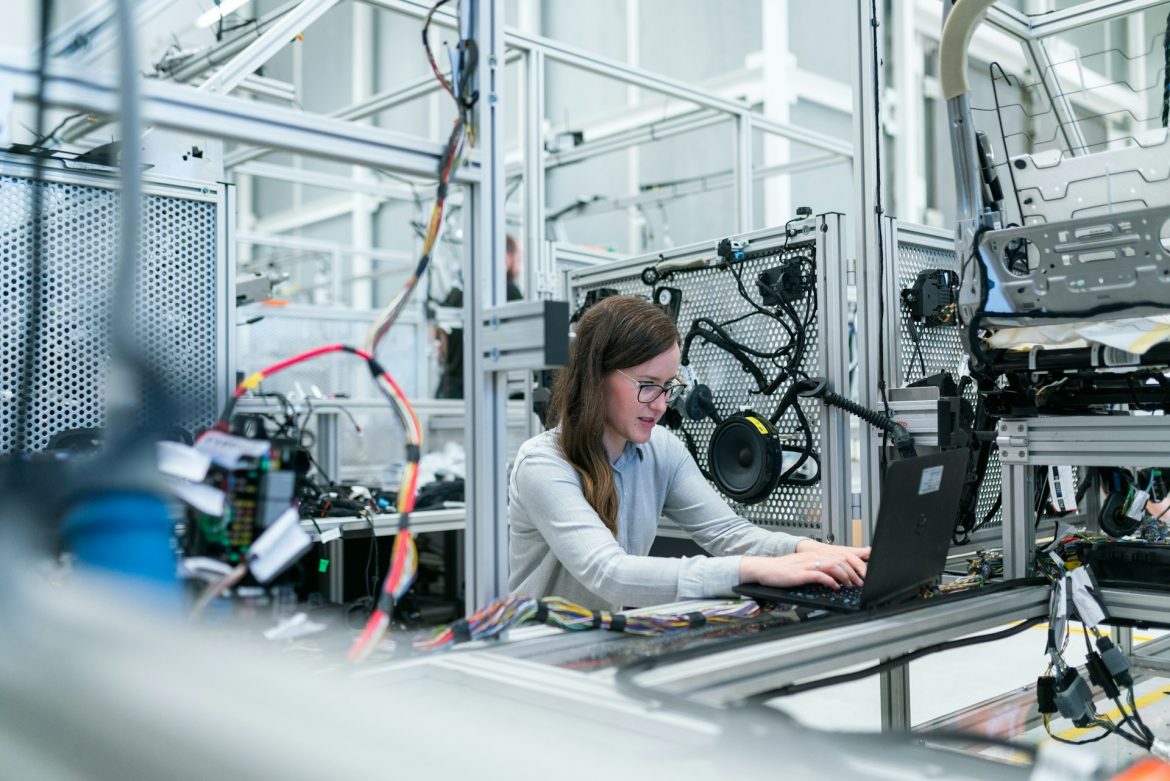Introduction
In every country, there is a powerful institution that plays a crucial role in shaping the economy – the central bank. In the United States, this institution is known as the Federal Reserve, often referred to as “the Fed”. In Europe, it’s the European Central Bank, and in Japan, it’s the Bank of Japan. These central banks have a significant influence on our daily lives, even if we don’t always see it directly.
What Do Central Banks Do?
Central banks are like the guardians of the economy. Their main job is to control inflation, manage the country’s currency, and ensure financial stability. One of their key tools is setting interest rates. When the central bank changes the interest rates, it can either encourage people and businesses to spend more or save more.
Impact of Interest Rate Changes
Let’s break down what happens when the central bank decides to change interest rates. Imagine the Bank of England lowers interest rates. Suddenly, it’s cheaper for people to take out loans. Families might decide it’s a good time to buy a new house or a car, and businesses might invest in new projects. This can lead to more jobs and a bustling economy.
On the flip side, if inflation (the rate at which prices increase) gets too high, the central bank might raise interest rates to cool things down. This makes borrowing more expensive, and people might decide to save their money instead of spending it. While this can reduce inflation, it can also slow down economic growth.
Quantitative Easing: Another Tool in the Toolbox
When interest rates are already low, central banks have another trick up their sleeve called “quantitative easing”. This involves the central bank buying government bonds or other financial assets to pump money directly into the economy. The idea is to encourage banks to lend more and businesses and consumers to spend more.
The Balancing Act
Central banks have a tricky job because their decisions can have wide-ranging effects. For instance, low interest rates can boost the stock market. Companies like Apple and Amazon might see their stock prices rise as investors look for returns better than what they’d get from savings accounts or bonds.
However, there’s also a risk that too much money in the economy can lead to asset bubbles or too much debt. Central banks have to be careful to strike the right balance to keep the economy growing without letting inflation get out of hand.
Conclusion
Central bank policies are a vital part of the economic landscape, influencing everything from mortgage rates to the health of the job market. By adjusting interest rates and using tools like quantitative easing, central banks aim to keep inflation in check and support steady economic growth. While their actions can sometimes have unintended consequences, their role in steering the economy through turbulent times cannot be understated. As observers or participants in the economy, understanding the moves of institutions like the Federal Reserve, European Central Bank, and Bank of Japan can provide valuable insights into the financial world around us.


